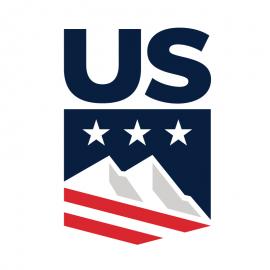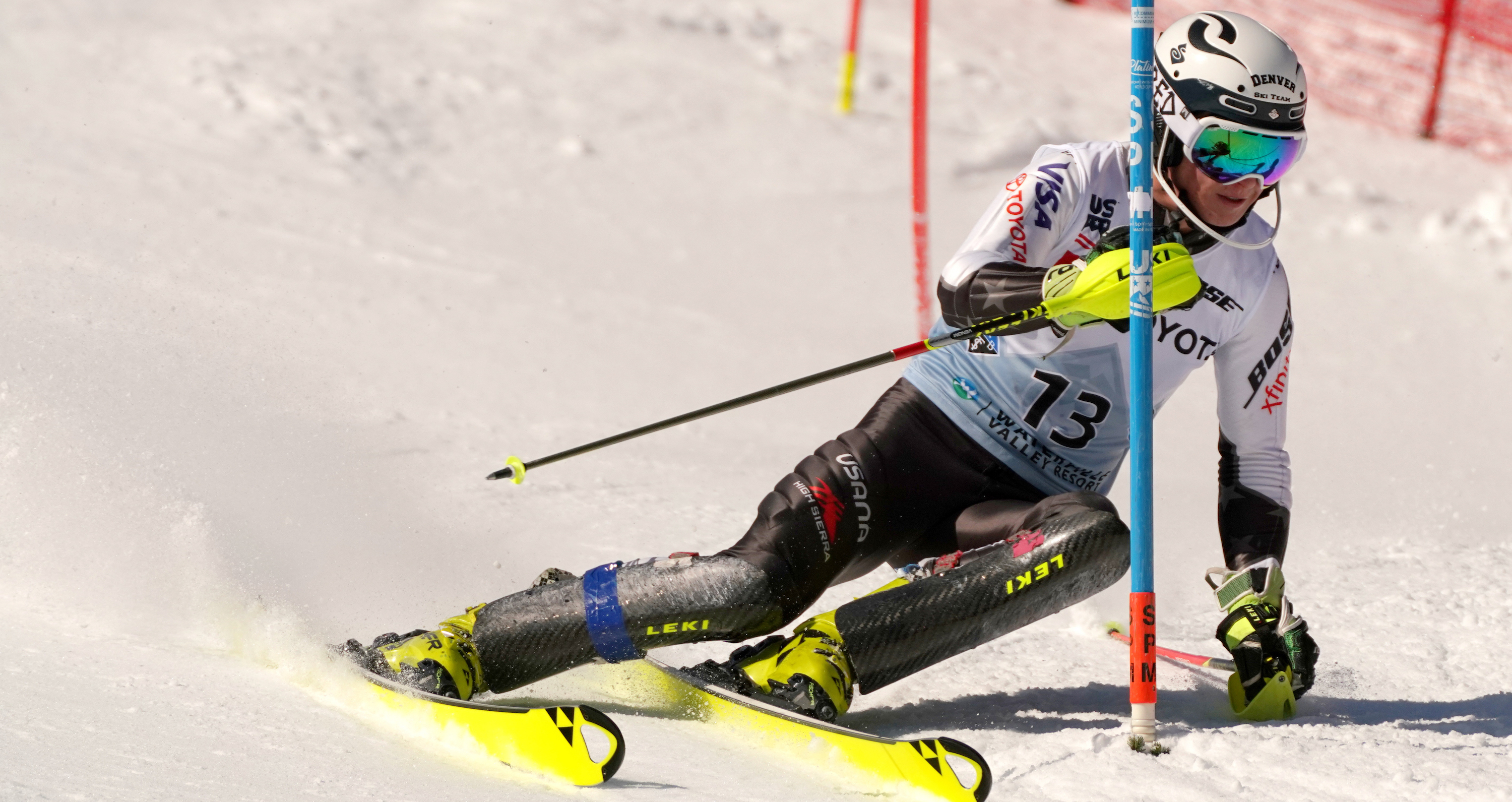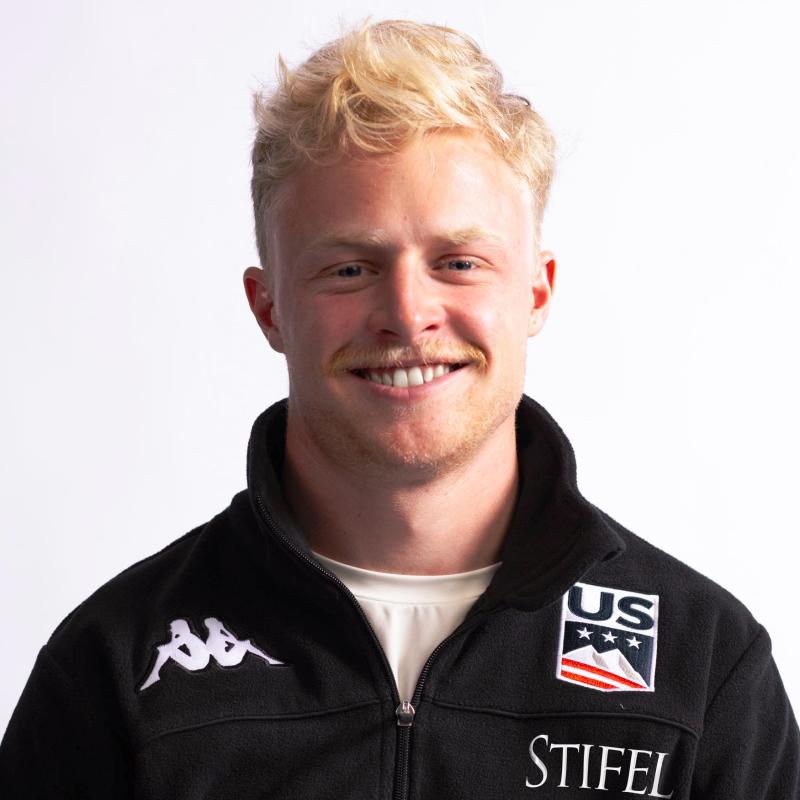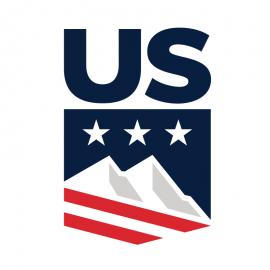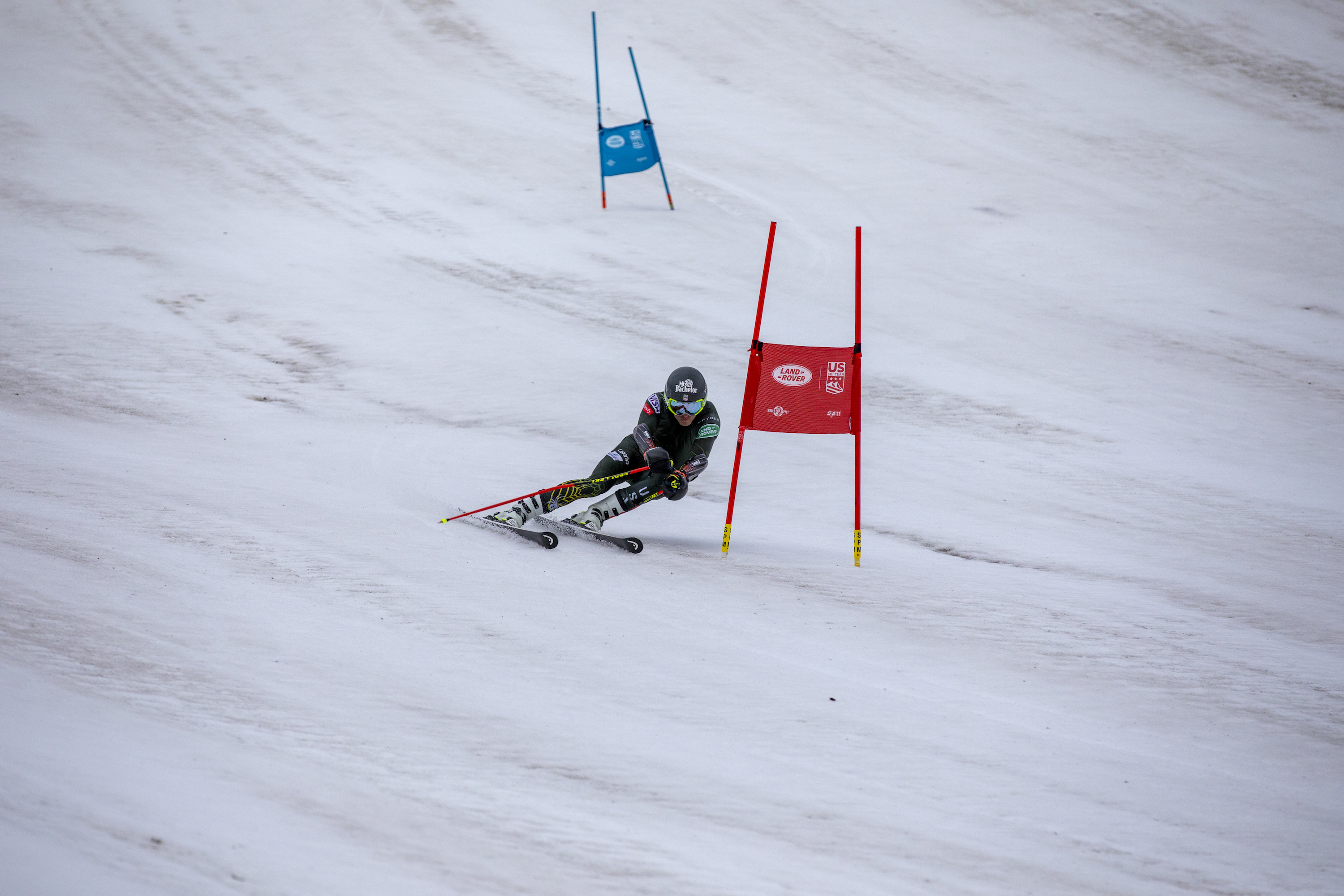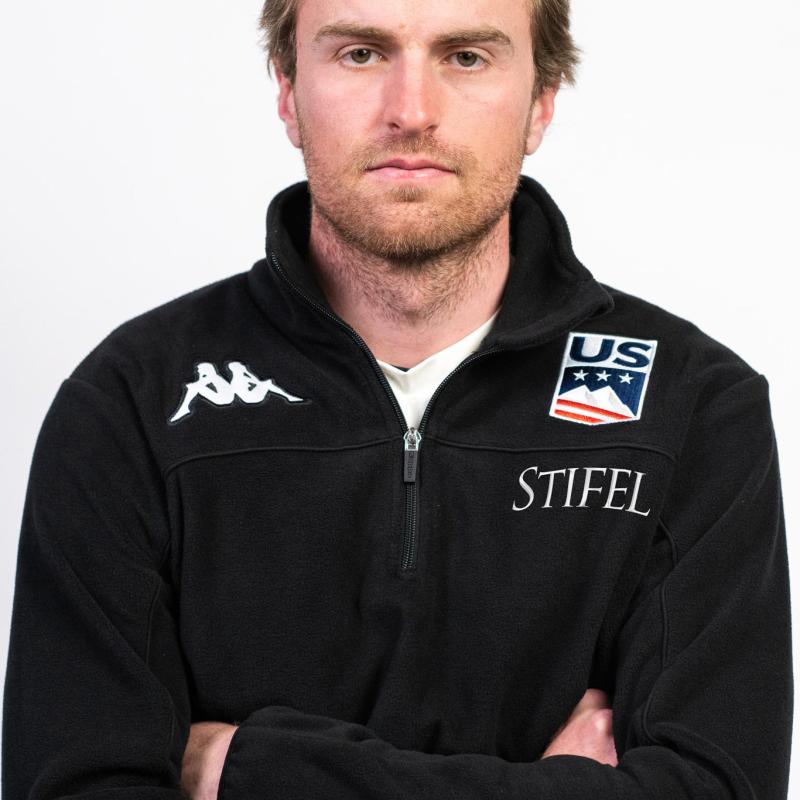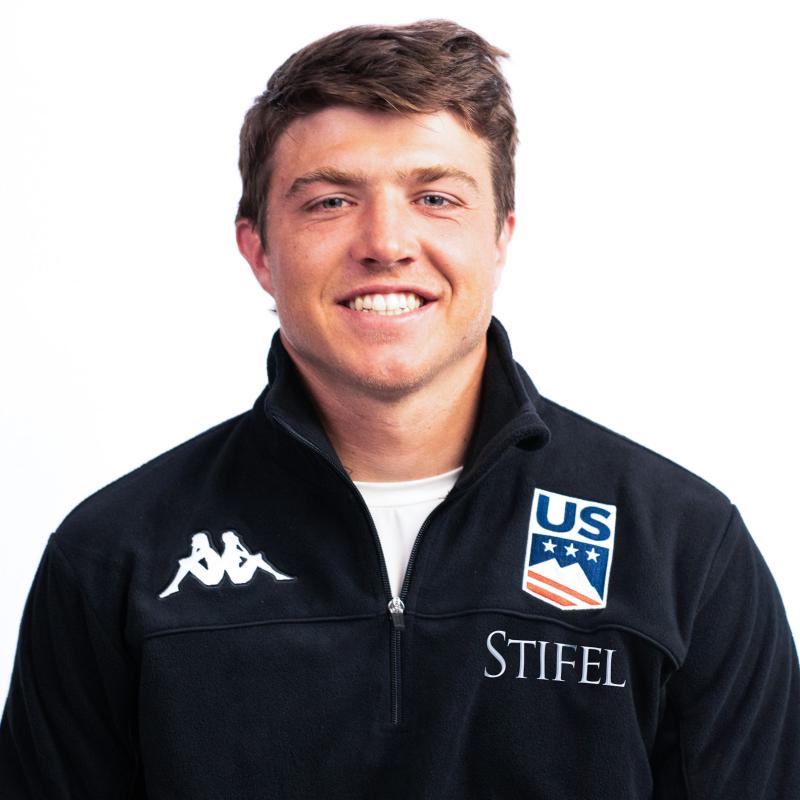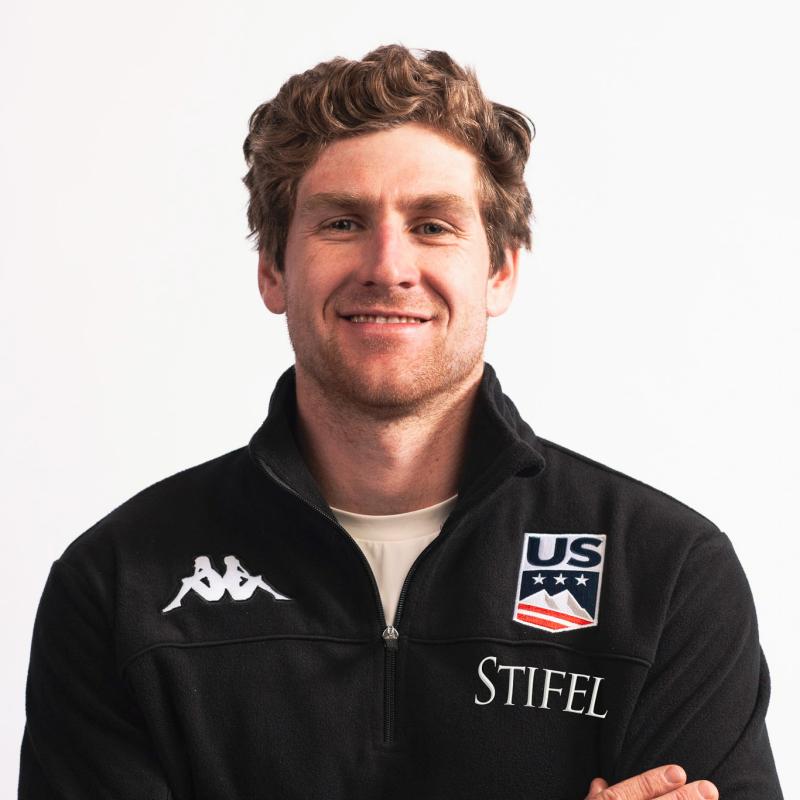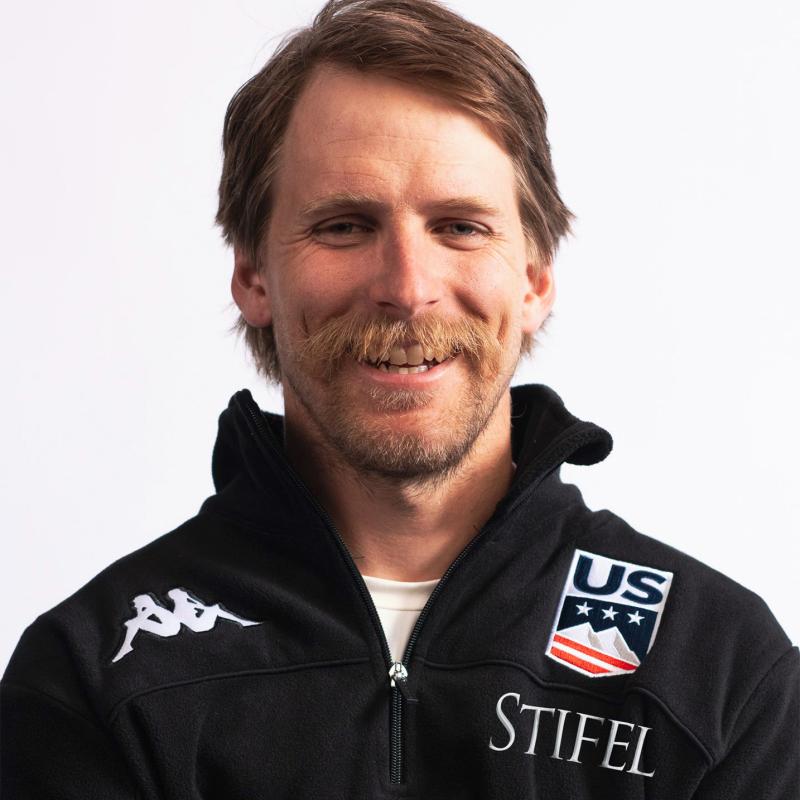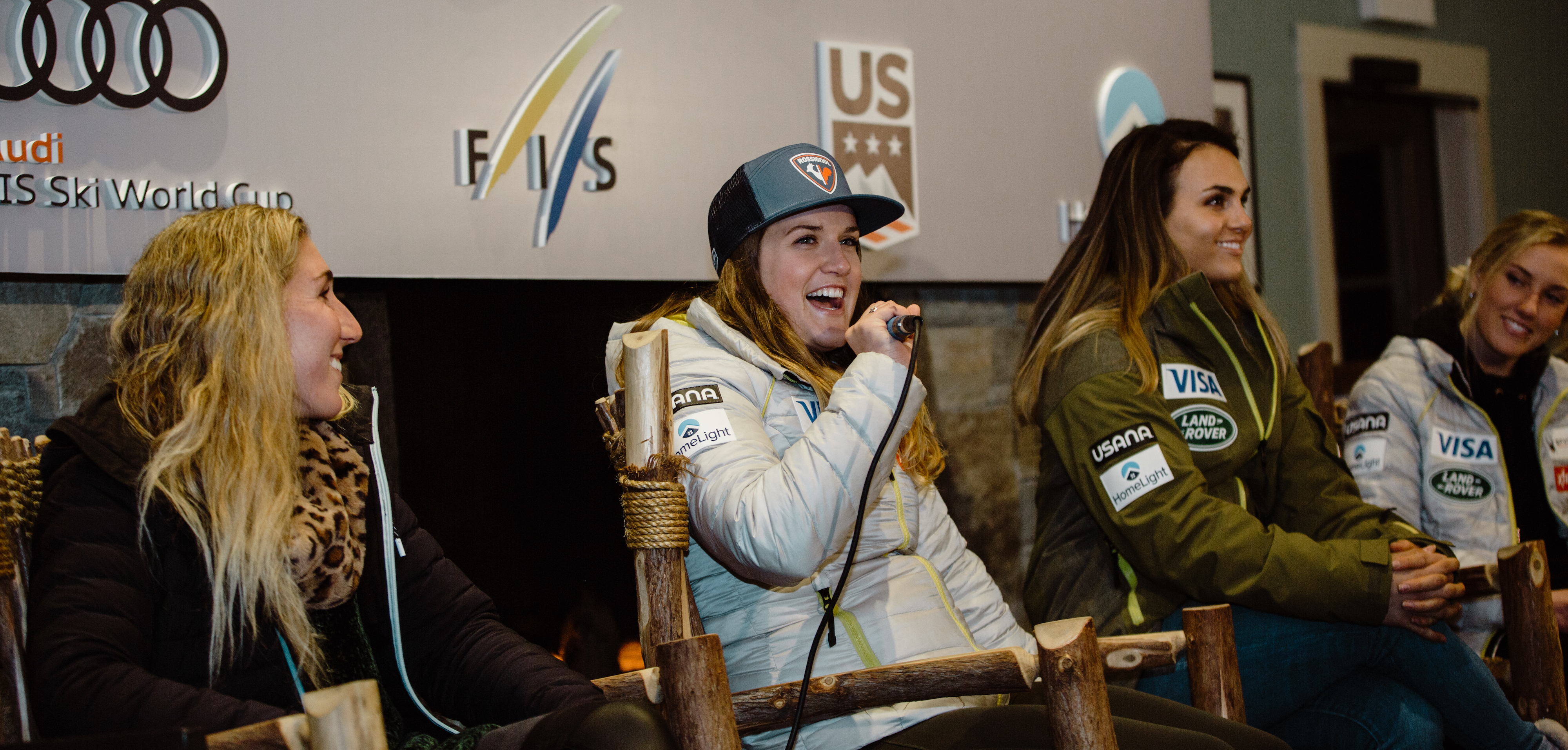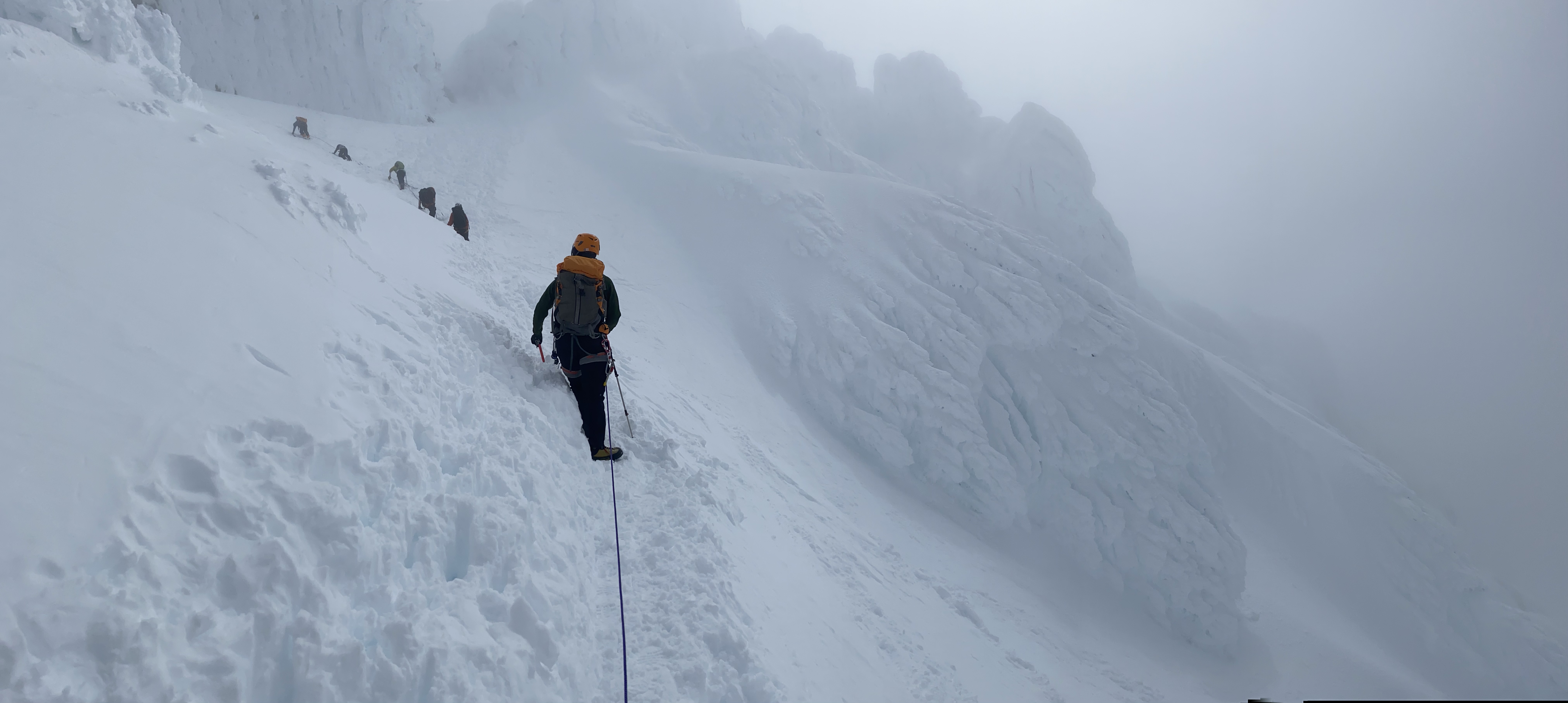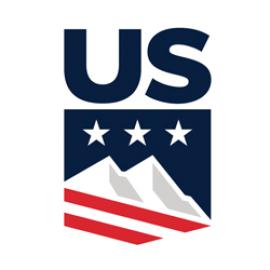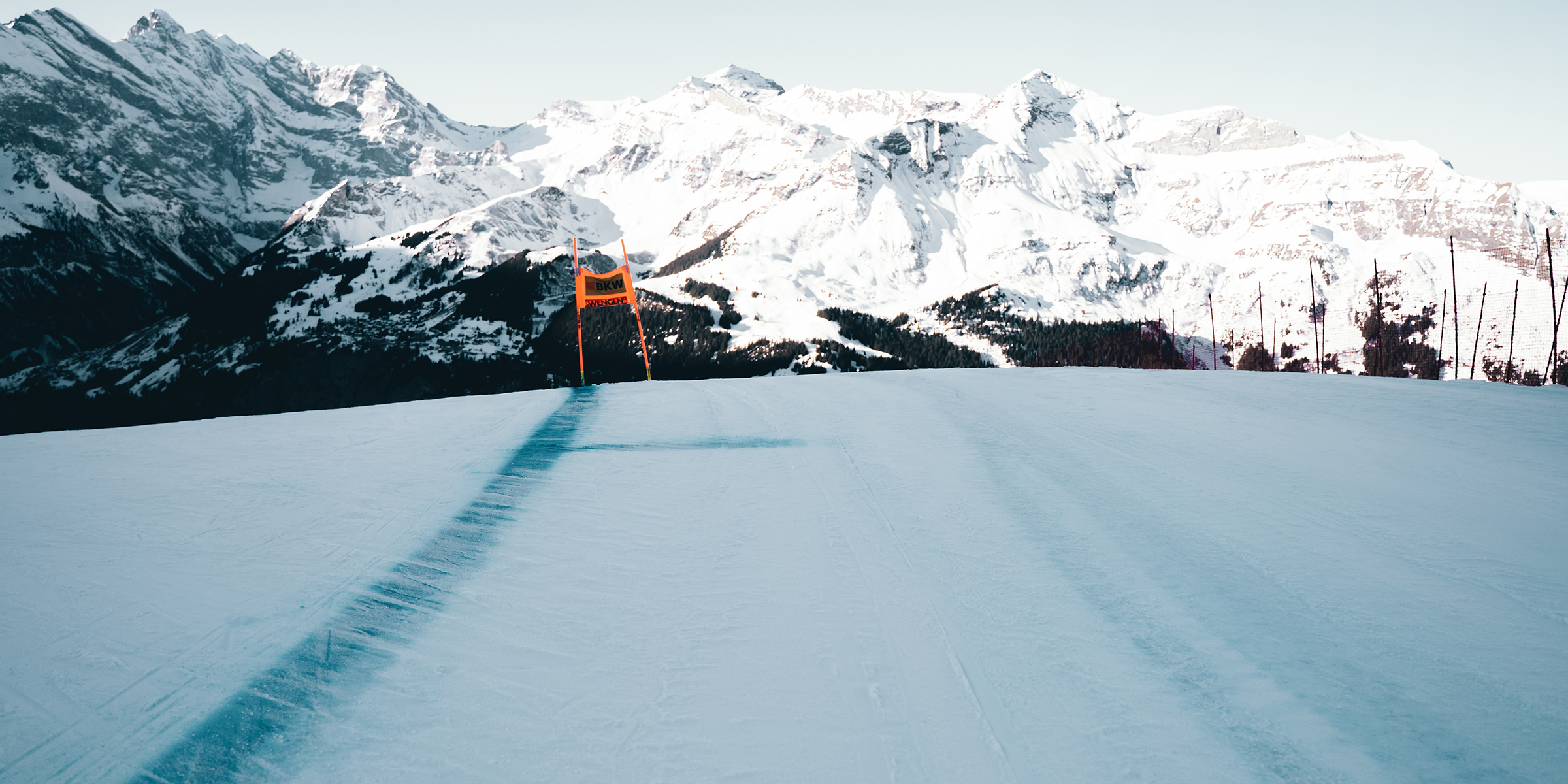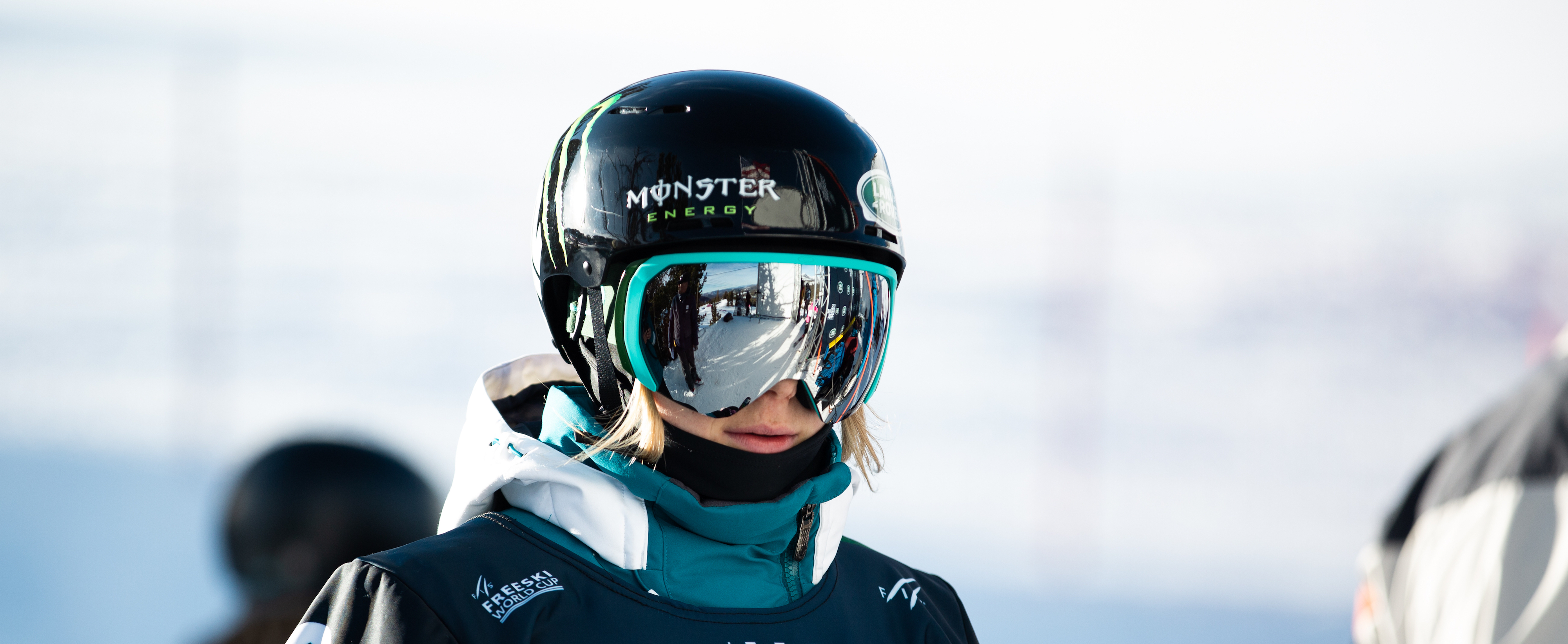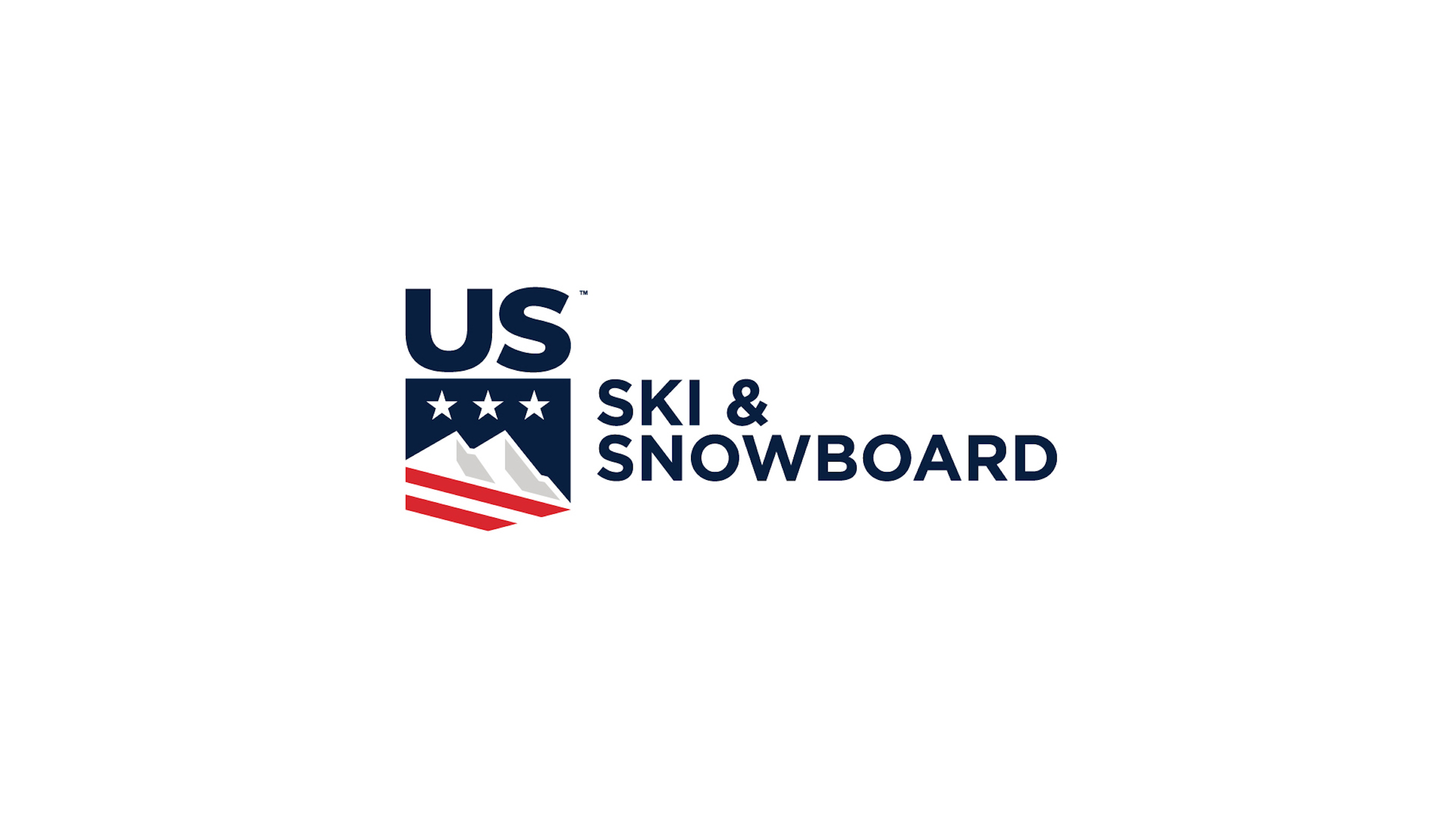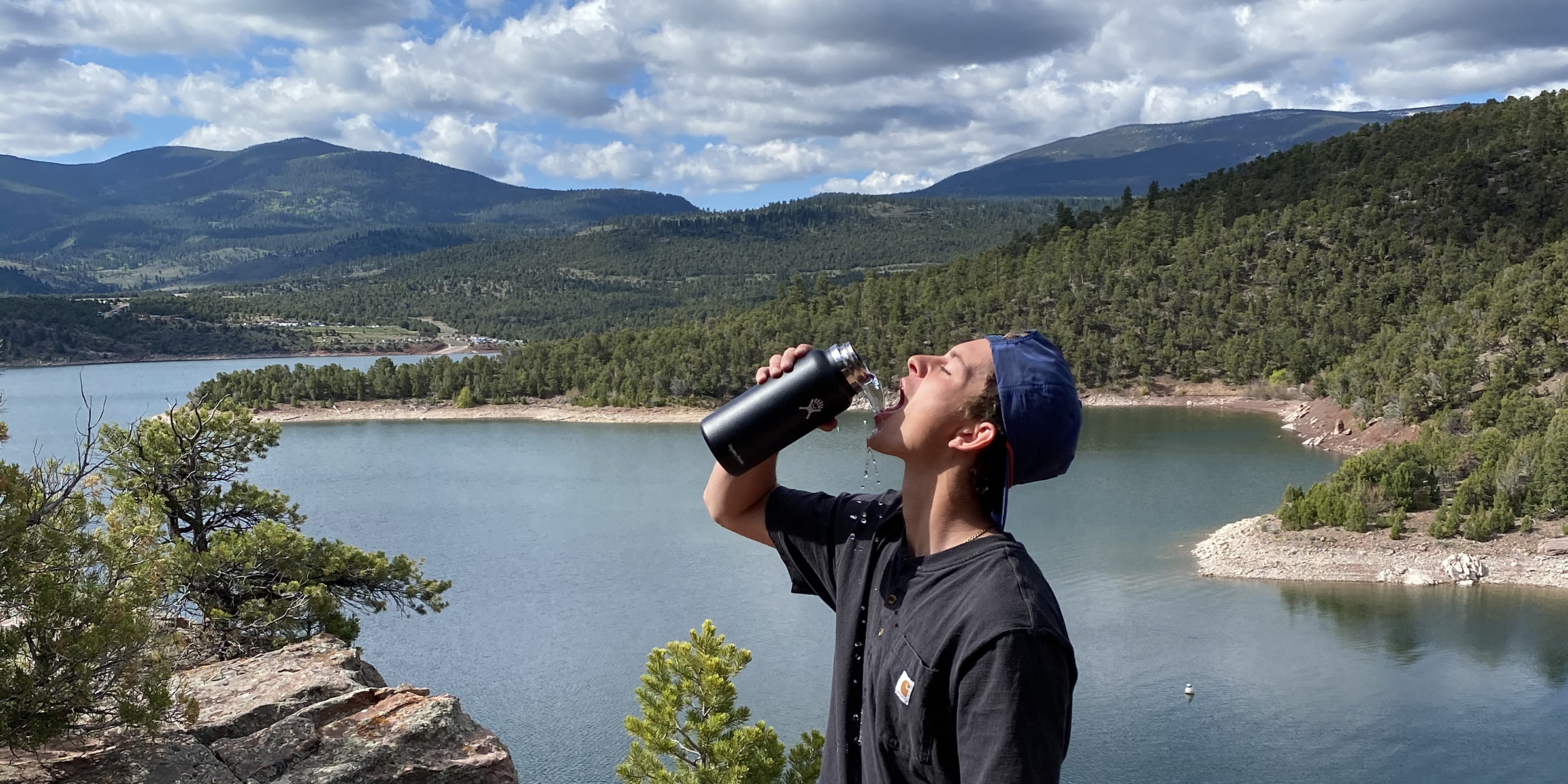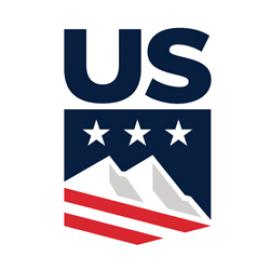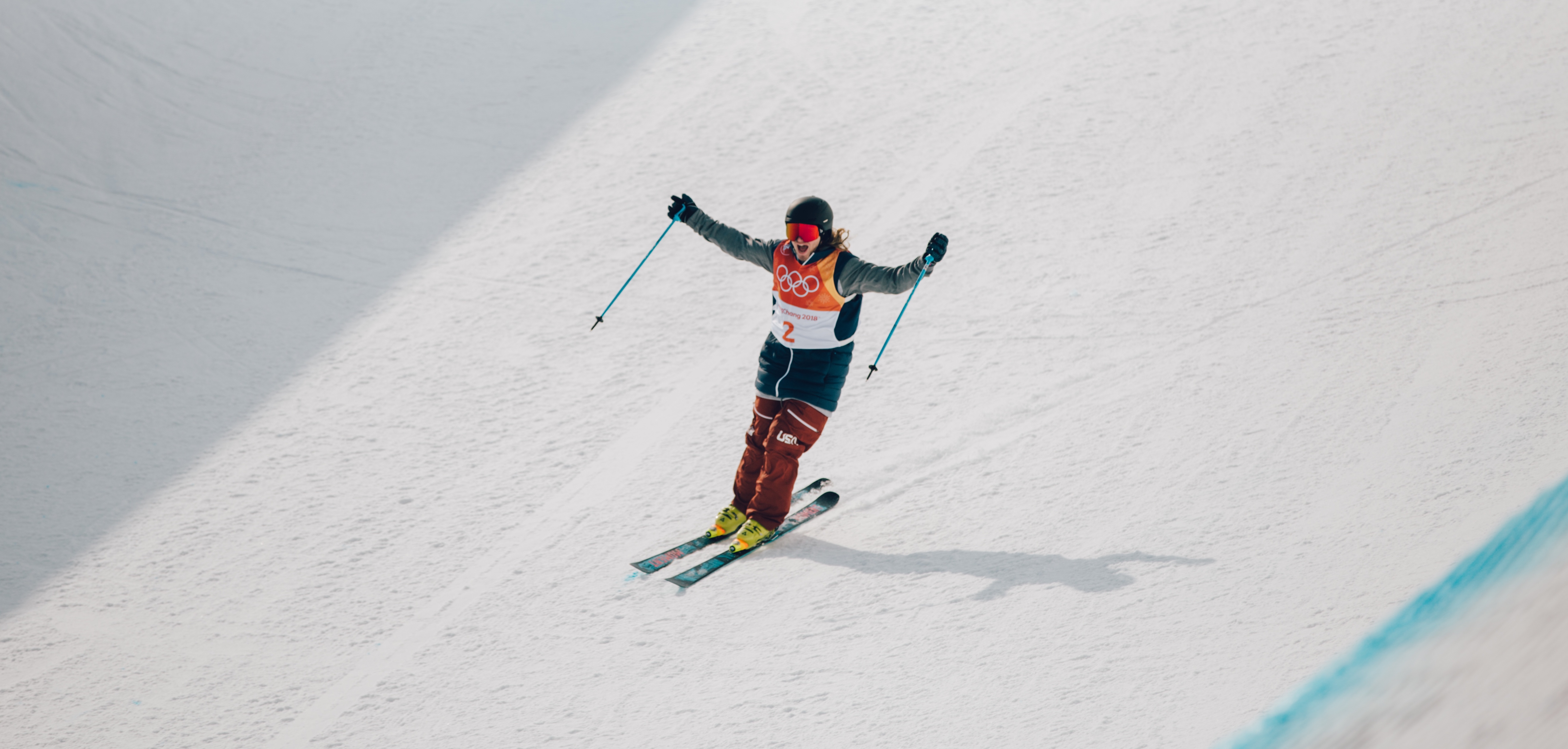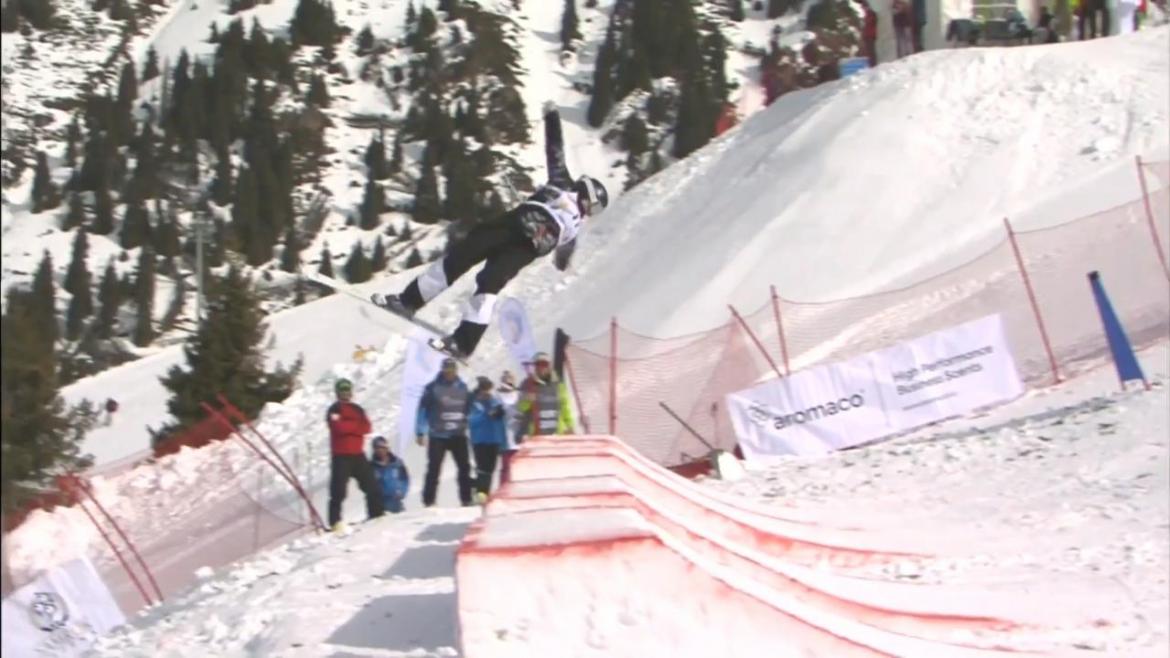College Ski Racing and the U.S. Ski Team: Another Perspective from a U.S. Ski Team Alumna
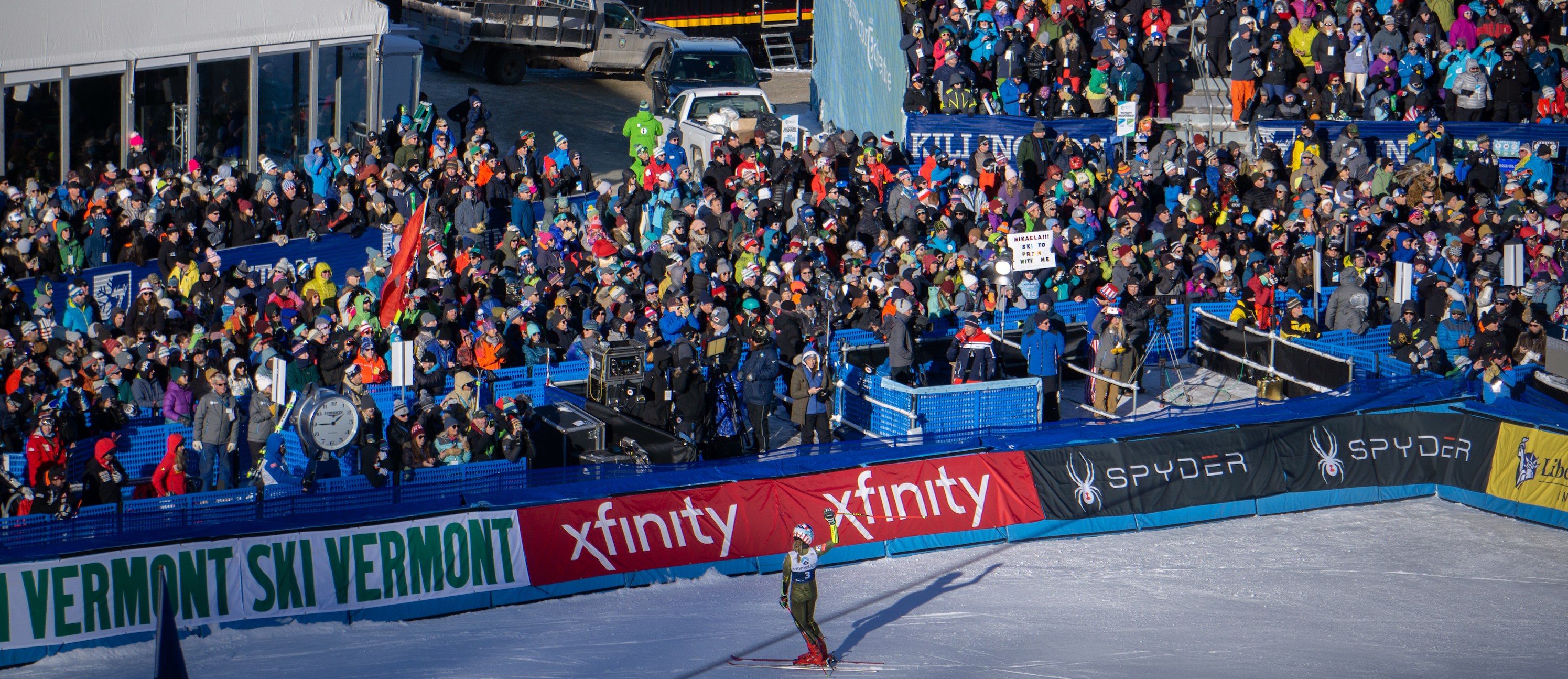
In response to the recent discussion put forth by Ski Racing Media about collegiate ski racing and the relationship between NCAA skiing and the U.S. Ski Team, many members of the community wanted to weigh in with their perspective and have asked that we publish their pieces, so their voices are heard.
One of these individuals is alumna Heidi Voelker, who was a 12-year member (1985-1997) of the U.S. Ski Team. Heidi wrote this piece in response to a Ski Racing Media article, USST, NCAA butt heads over NorAm schedule.
--------------
I am writing to express my opinion on the recent articles about the development differences between the USST and NCAA. I am a three-time Olympian and have been involved in this sport for over four decades. I am also the parent of a first-year FIS athlete, who will one day have to make a choice in this regard (if he is fast enough to be in that position).
Choices are always difficult, we make them every day, yet they come with trade-offs. Skiing for the National Team or a college program are very different; they both require exceptional talent and speed. The rewards for success and risks are also different between the two. The path you take depends on your goals and ambition. There is no wrong path, but you will be forced to choose and in so doing, you will be faced with trade-offs. Some say you can do both, I disagree. Are their exceptions? Yes. But, if your measure of success is defined by World Cup, World Championship or Olympic podiums, the success rate through college racing is very low and data backs this up.
Prior to the inception of the World Cup tour in 1966, college skiing was the path to the World Championships and Olympics. Once the season long World Cup tour was established, governing bodies around the world had to adjust and because of competitive forces, the path to these events changed.
When I ask young children, who ski race what their goals or dreams are, they say “I want to ski in the Olympics, my dream is to win a Gold medal”. I have never heard “My goal is to ski for a certain college”. That’s not a knock, it’s just the way it is.
The World Cup is the highest level of competition that we have in skiing. It takes sacrifice, effort, talent and ultimately speed to achieve success. The mission of the National Team is to develop competitive athletes that win races, World Championship and Olympic medals. Especially Olympic medals, because that’s their currency of currency, their funding is based upon it.
The USST path is a full-time job. You compete against other athletes from other countries that train year-round. If you don’t, you are at a huge disadvantage and that compounds every year that you are not on that path. The USST has their development process, while not perfect, it again provides funding for athletes on the D and C teams, which was sorely lacking over the last five years and something that helped me in my career. To make the team is great, but the goal of the program is to have skiers on the A Team, competing for podiums. That’s the truth; the tip of the spear is sharp and not always accommodating to athletes that can’t perform to this level.
This process requires solid progression and can’t take more than five years to show results, given funding limitations. Talent can be identified and progressed; however, some athletes will not make the next step and the Team is forced to make decisions. This is a risk with this path, not everyone who makes the National Team leaves happy. But if you have the speed it’s your path to ski at the highest level of this sport and achieve Olympic dreams. There are great skiers like the Phil and Steve Mahre, Tamara McKinney, Bode Miller, Lindsey Vonn and Mikaela Shiffrin who have gone this path, stood on podiums-making a trade-off, forgoing college.
There is a lot of discussion around having the National Team accommodate the college schedule. The National Team needs to build their schedule for the benefit of their athletes. 90% of these races are on foreign soil. In the U.S. our highest level of racing is NorAm. In Europe, they have Europa Cup and World Cup. U.S. athletes must be able to adapt to living and racing in Europe. It is very rare that an athlete can show up in Europe, learn the lifestyle, be comfortable, and be competitive right away. It takes a couple years for this to happen.
That means that the D and C team athletes must compete over there. Our NorAm races are preparation and test events for the D and C team athletes. Ultimately, they need to compete in high level FIS and Europa Cup races in Europe and make their mark there, so NorAms need to be scheduled before the races in Europe or later in the season which conflicts with the college schedule.
College ski racing is a cool experience. Being able to ski race for four years at a great college or university and walk away with a degree is a great opportunity. With that said, the educational requirements, testing and workload are demanding and when you add alpine training, NCAA rules and the college calendar they simply do not align with the requirements of competing at a high level on the World Cup. Comparing other college sports and the progression to the pros is not accurate; there are so many differences in international ski racing and the countries that are represented. People just need to come to grips with this fact.
The College path is an excellent option for athletes who don’t want to go the National Team route or for those who have been with the national team for two to three years but did not make the next level. NCAA Division 1 is very competitive and a spot on any team is not easy to achieve, even if you are trying to migrate from the National Team. College ski racing is very rewarding; my brother and sister took this path and they loved their experience.
In the end, all athletes need to understand which path is the best for them. There are trade-offs and sacrifices with both, as well as unique experiences. While each path requires a high level of commitment, the body of work are different, and choices must be made.
— Heidi Voelker
Former U.S. Ski Team Member
